Book Review: Hallowe’en Party by Agatha Christie
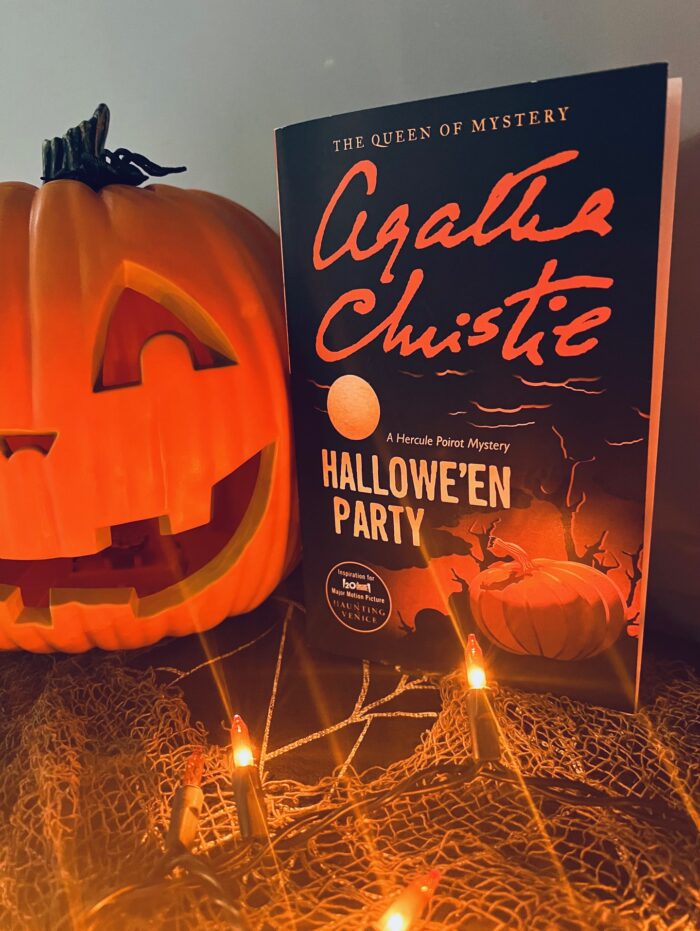
Last Fall I watched the movie A Haunting in Venice, based on the famous book by Agatha Christie called Hallowe’en Party. I loved the movie, so obviously felt I needed to read the book as soon as possible. People had warned me that the book itself was nothing like the movie, and they were right, the only thing the two stories had in common was the fact that a Halloween party occurred in both. Still, even though both plots differed extremely, I enjoyed the book as much as I liked the movie, even if it lacked the creepy supernatural elements that the film boasted. Hallowe’en Party is a classic ‘whodunit’ novel that furthered my love of Christie and her beloved detective Hercule Poirot.
Plot Summary
Poirot is called to the small village of Woodleigh Common by his friend, famous mystery novelist Ariadne Oliver. She requests his presence because a terrible crime has been committed, and she’s hopeful Poirot can determine who did it. A few days earlier at a Halloween Party, one of the local children Joyce was found dead, her head held underwater in the bucket where her friends had bobbed for apples. Poirot begins a slow but methodical process of interviewing all people involved, including those who set up the party and attended the party. He discovers that before she died, Joyce announced to all the party-goers that she had once witnessed a murder, and when no one believed her, became quite upset, insisting that she had. Those that he questions afterwards all seem to be in agreement that Joyce often lied, so her boasting didn’t come as any surprise, until she wound up dead. Poirot and Oliver worries that others may be in danger, because what kind of monster kills a 13-year-old girl? He ends up solving the mystery (of course he does), but there are a few convincing red herrings thrown into the timeline to keep readers guessing, in addition to the building suspense of another potential murder occurring in the meantime.
My Thoughts
One element of this book that I really enjoyed was the progression of Poirot’s character. I haven’t read enough Christie to have a strong grasp of how he was depicted throughout the series, but in this particular installment, I learned how vain he could be. For instance, numerous characters remark on how impractical Poirot’s shoes were for the country, urging him to get a pair that were warmer and tougher for his outdoor walks. Poirot himself often complains about how sore his feet were, yet seems completely resistant to wearing something less formal. His outrageously large and sculpted mustache also acts as a topic of conversation during his interviews with the local villagers. I appreciated these small details because unlike many modern-day detectives whose vices or traumatic backgrounds overshadow the mystery they are meant to solve, these personality traits only enhanced the story and reputation of Poirot.
I understand why the film strays so widely from the story, and that’s because Hallowe’en Party is the very opposite of a cinematic book. Many in fact, may find it quite boring. It’s basically just Poirot interviewing people, taking long walks in the countryside, and pondering things: not very exciting on the big screen! Still, as a mystery-lover myself, I enjoyed reading it because it I truly didn’t know who the killer was until it was revealed to me. This won’t be for everyone, but I recommend it to those die-hards who like to sink their teeth into a classic crime novel.

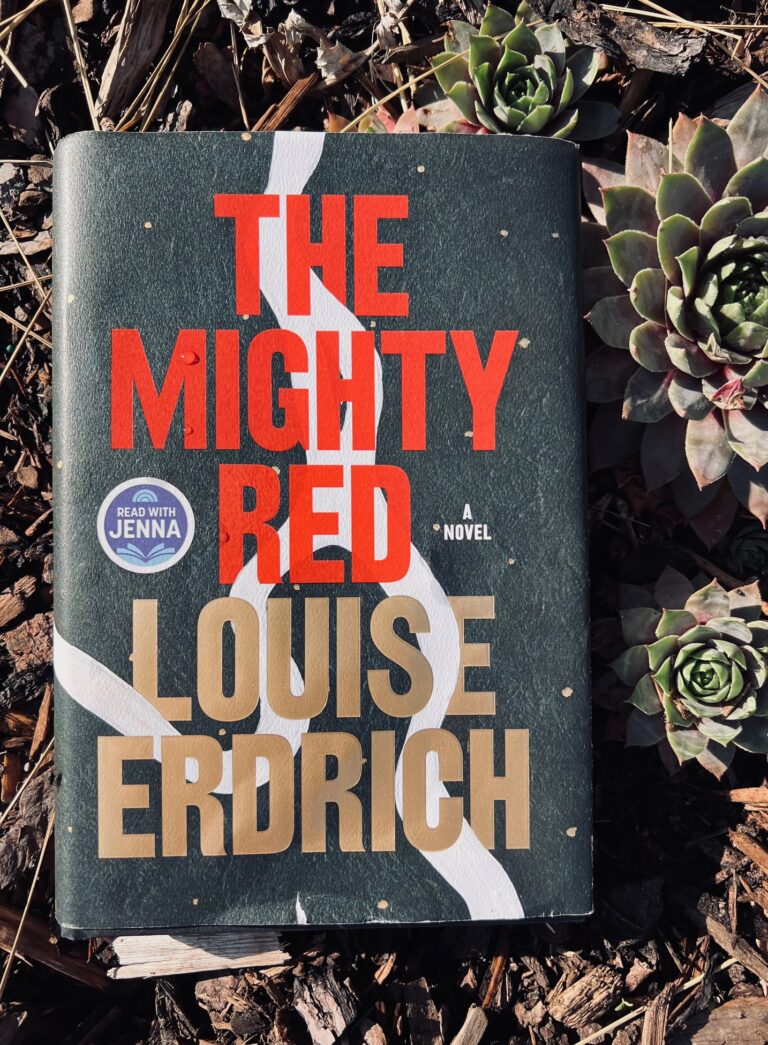
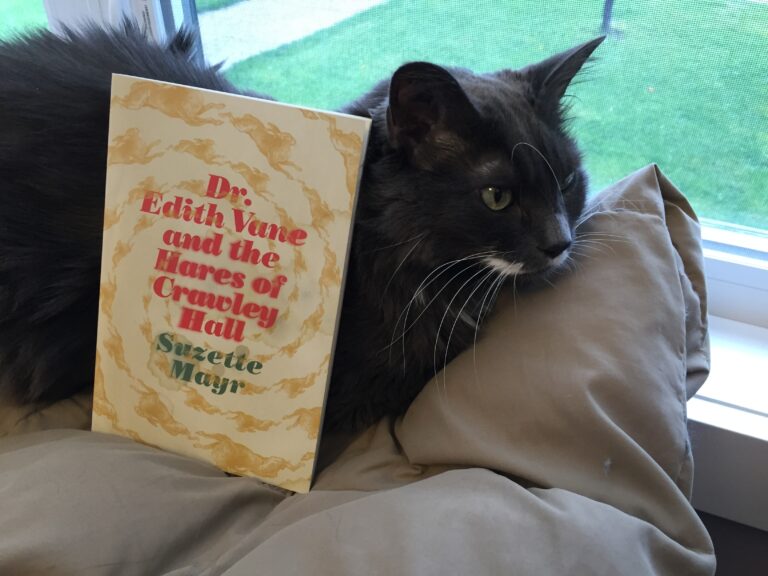
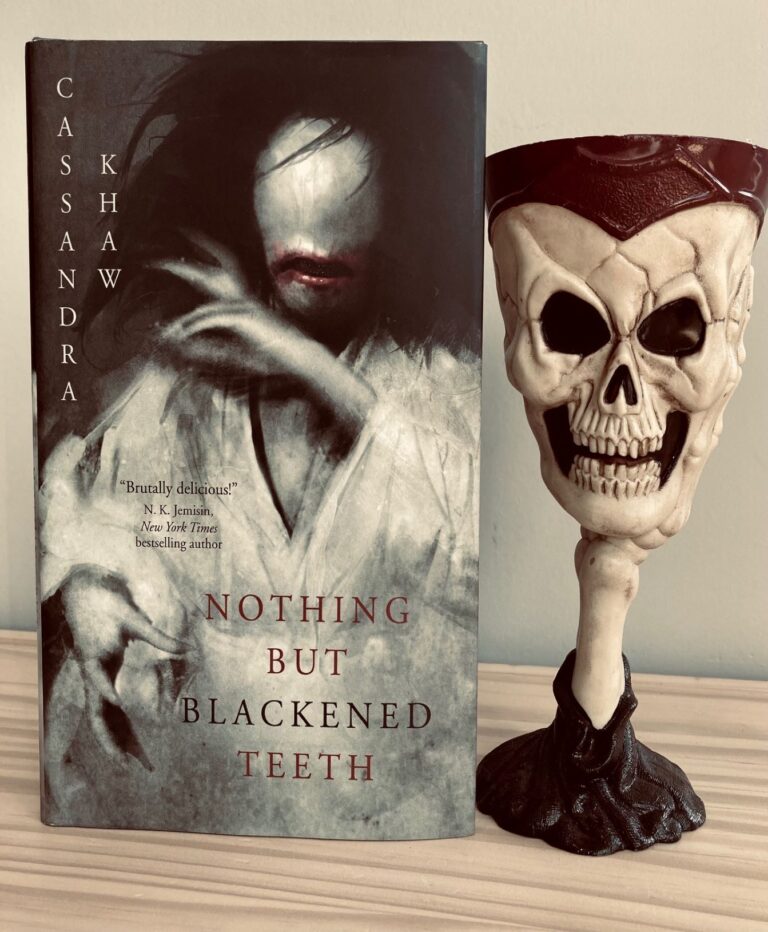
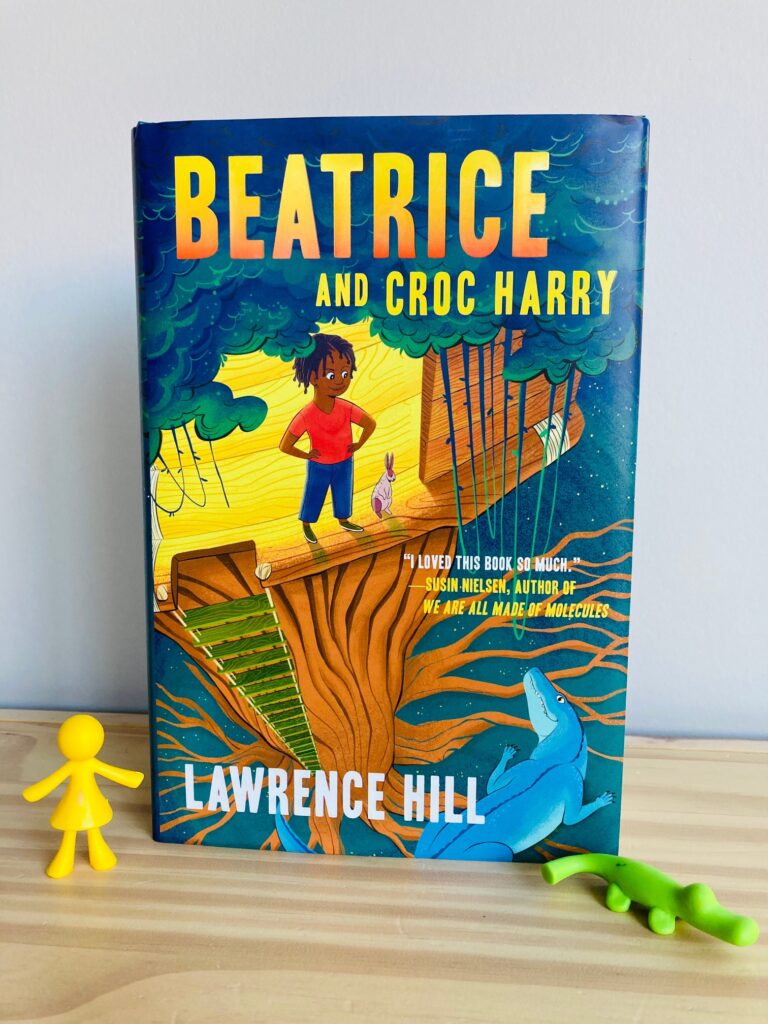
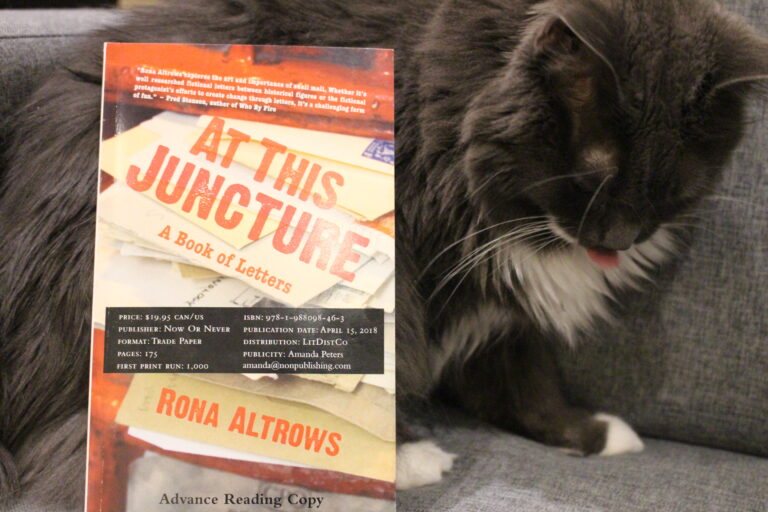
Sometimes being surprised makes everything else worthwhile, eh? Glad you enjoyed this one. And what a fun photo too!
Thank you! I love making the ‘holiday’ book photos hahaha
Glad you enjoyed this one! Her late novels are often weaker than her earlier ones, but this one stands up pretty well, I think, though there’s quite a lot of head-shaking over how society is going to the dogs, which tends to happen in quite a few of her last books. But she was still, at 79, writing books that most authors could never produce at their peak!
I forgot to mention that FF actually. I had written a review for this one, and then it got lost on the computer so I had to re-write it (ugh) but in the first review i wrote, I mentioned about how odd it was that people kept talking about how parenting is ‘these days’ LOL It was just a recurring theme that everyone seemed to agree on, no matter which character was speaking
I completely forgot that there was a scary Poirot movie that came out! I remember seeing the trailer and thinking it looked really good, but I never watched it. I’ll add it to my list to get from the library. I don’t think I’m going to read the book. I’ve read a few of her books, and the talking and the sitting and the pondering really does get tiresome after a time, for me anyway. I do enjoy Allison Brennan’s books; she also writes procedurals, but from the perspective of an FBI agent. So there must be something about the procedural I like, just not Poirot. Maybe it’s the limited settings.
There is alot of sitting, a lot of talking, a lot of pondering, so you’re right to pass on this one. I recall you reviewing the Brennan books, I think I’d like those! It’s a fun movie though, you should definitely get it out from the library :)
I’ve read this one a long time ago, pre-Goodreads, so I don’t remember much about it. But even a so-so Christie book is still great fun! I never watched the new film. Maybe I’ll catch it somewhere.
This is exactly how I feel too Laila. Even a so-so Agatha Christie book is one I enjoy reading haha
I feel like there’s another Poirot story where a child says they witnessed a murder and no one believes them until they themselves are killed. I don’t think I’ve read this but it sounds so familiar!
considering how many books she wrote, that could very well be the plot for another book! you’re likely right lol